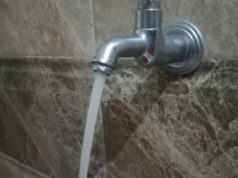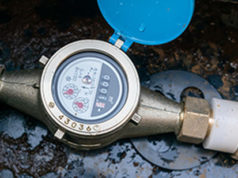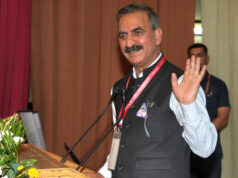The Himachal Pradesh government has decided to end the free water scheme for rural areas, announcing that both government and private institutions will now have to pay for water usage based on consumption. The Jal Shakti Department has initiated installing water meters in these institutions, marking the beginning of a more regulated water billing system.
Under the new policy, institutions consuming up to 20,000 liters of water will be charged ₹19.30 per thousand liters. The rates will increase progressively, with ₹33.28 per thousand liters for 20,000 to 30,000 liters, ₹59.90 per thousand liters for 30,000 to 50,000 liters, ₹106.30 per thousand liters for 50,000 to 100,000 liters, and ₹150 per thousand liters for consumption exceeding 100,000 liters.
This change applies to various institutions, including government offices, schools, hospitals, dharamshalas, religious establishments, dhabas, shops, washing centers, homestays, private hospitals, private schools, restaurants, and small hotels. These establishments, which previously benefited from free water, will now be billed according to their actual usage.
The move is part of an effort to introduce accountability in water usage, as many institutions were found using water from domestic connections without restrictions under the earlier scheme. The Jal Shakti Department had no system to monitor consumption, resulting in unregulated water use and no financial returns to the government.
Chief Engineer of the Jal Shakti Department in Kangra, Suresh Mahajan, confirmed that the installation of meters will soon be underway across the district. “We are starting the process of installing meters in all government and private institutions to monitor water usage accurately. Bills will be generated based on consumption, ensuring that the water is used responsibly,” Mahajan said.
The previous government’s free water scheme had allowed rural institutions to use water without cost, leading to unchecked consumption. With the new metering system, the government expects to generate revenue that will be directly deposited into the treasury. This initiative is expected to cover hundreds of institutions in both urban and rural areas, improving water management and contributing to the state’s finances.






